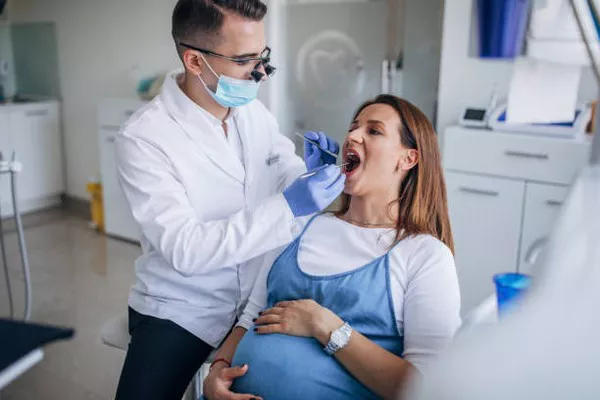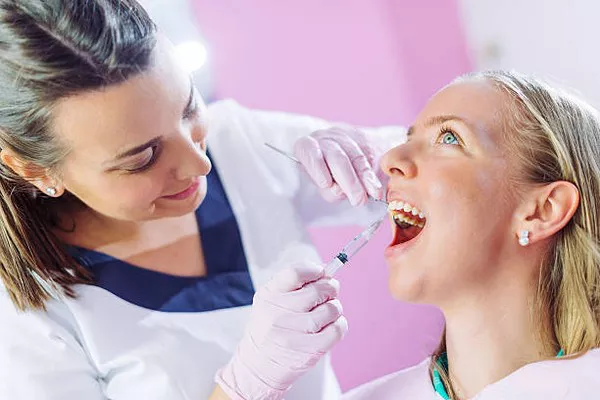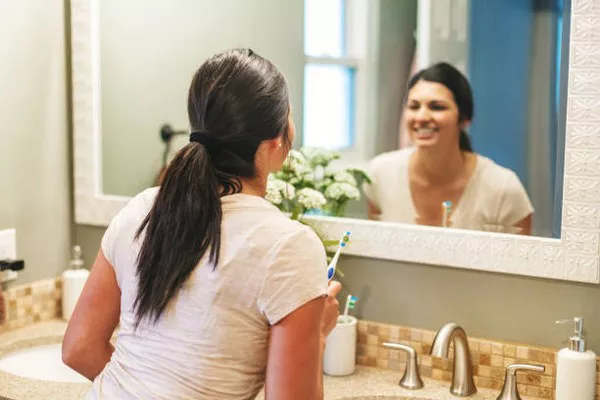Getting a cavity filled can be a daunting experience, especially if you are not sure what to expect afterward. One of the most common questions that dental patients ask is whether they can eat after getting a cavity filled. While the answer may seem straightforward, there are several factors to consider before digging into your favorite meal.
This article will provide a comprehensive guide for dental patients on what to expect after getting a cavity filled, including when it is safe to eat and what foods to avoid. We will also cover some tips for maintaining good oral hygiene after a cavity filling procedure.
Understanding Cavity Fillings
Before we delve into whether you can eat after cavity filling, it is essential to understand what the procedure involves. A cavity filling is a dental procedure that involves removing decayed material from a tooth and replacing it with a filling material. The filling material is used to restore the tooth’s shape and function while also preventing further decay.
The type of filling material used may vary depending on the severity of the cavity and the location in the mouth. Some common filling materials include composite resin, amalgam, gold, and porcelain. Your dentist will recommend the best filling material based on your specific needs.
Can You Eat Immediately After a Cavity Filling?
The short answer is no. After getting a cavity filled, it is important to wait at least an hour before eating anything. This allows the filling material to harden and set properly. If you eat too soon after the procedure, you risk damaging the filling or dislodging it from the tooth.
It is also important to note that you may experience some numbness in your mouth after the procedure due to the local anesthesia used. This numbness can make it difficult to chew and swallow food. It is best to wait until the numbness wears off before attempting to eat anything.
What Foods Should You Avoid After a Cavity Filling?
After getting a cavity filled, it is important to avoid certain foods and beverages that can irritate the tooth or damage the filling. Here are some foods and beverages to avoid:
Hard Foods: Hard foods like nuts, candies, and popcorn kernels can put pressure on the filling and cause it to crack or become dislodged.
Sticky Foods: Sticky foods like taffy, caramel, and chewing gum can pull on the filling and loosen it from the tooth.
Hot and Cold Foods: Temperature extremes can be uncomfortable for teeth with fillings, especially in the first few days after the procedure. Avoid very hot or cold foods and beverages until your tooth sensitivity subsides.
Acidic Foods and Beverages: Acidic foods and beverages like citrus fruits, tomatoes, and soda can erode the enamel around the filling, making it more susceptible to decay.
What Foods Can You Eat After a Cavity Filling?
While there are some foods and beverages to avoid after getting a cavity filled, there are still plenty of options for dental patients. Here are some foods that are safe to eat after a cavity filling:
Soft Foods: Soft foods like mashed potatoes, scrambled eggs, and soup are easy to chew and won’t pressure the filling.
Blended Foods: Blended foods like smoothies and purees are also good options as they are easy to swallow and won’t irritate the tooth.
Protein-Rich Foods: Protein-rich foods like chicken, fish, and tofu are good choices as they provide the nutrients your body needs to heal.
Neutral-Tasting Foods and Beverages: Neutral-tasting foods like plain yogurt, oatmeal, and toast, and beverages like water and milk are safe options that won’t irritate the tooth.
Tips for Maintaining Good Oral Hygiene After a Cavity Filling
Maintaining good oral hygiene after a cavity filling is crucial for ensuring the longevity of the filling and preventing further decay. Here are some tips for maintaining good oral hygiene:
Brush Twice a Day: Brush your teeth twice a day with fluoride toothpaste to keep them clean and free of bacteria.
Floss Daily: Floss at least once a day to remove plaque and food particles from between your teeth.
Use Mouthwash: Use an antimicrobial mouthwash to kill bacteria and freshen your breath.
Avoid Smoking: Smoking can increase the risk of tooth decay and gum disease, so it’s best to avoid it altogether.
Schedule Regular Dental Checkups: Visit your dentist regularly for checkups and professional cleanings to maintain good oral health.
In Conclusion
In conclusion, getting a cavity filled is a routine dental procedure that requires some care afterward. While it may be tempting to dig into your favorite meal right away, it is important to wait at least an hour before eating anything to allow the filling material to set properly. It is also essential to avoid certain foods and beverages that can irritate the tooth or damage the filling.
Related Topics:






























